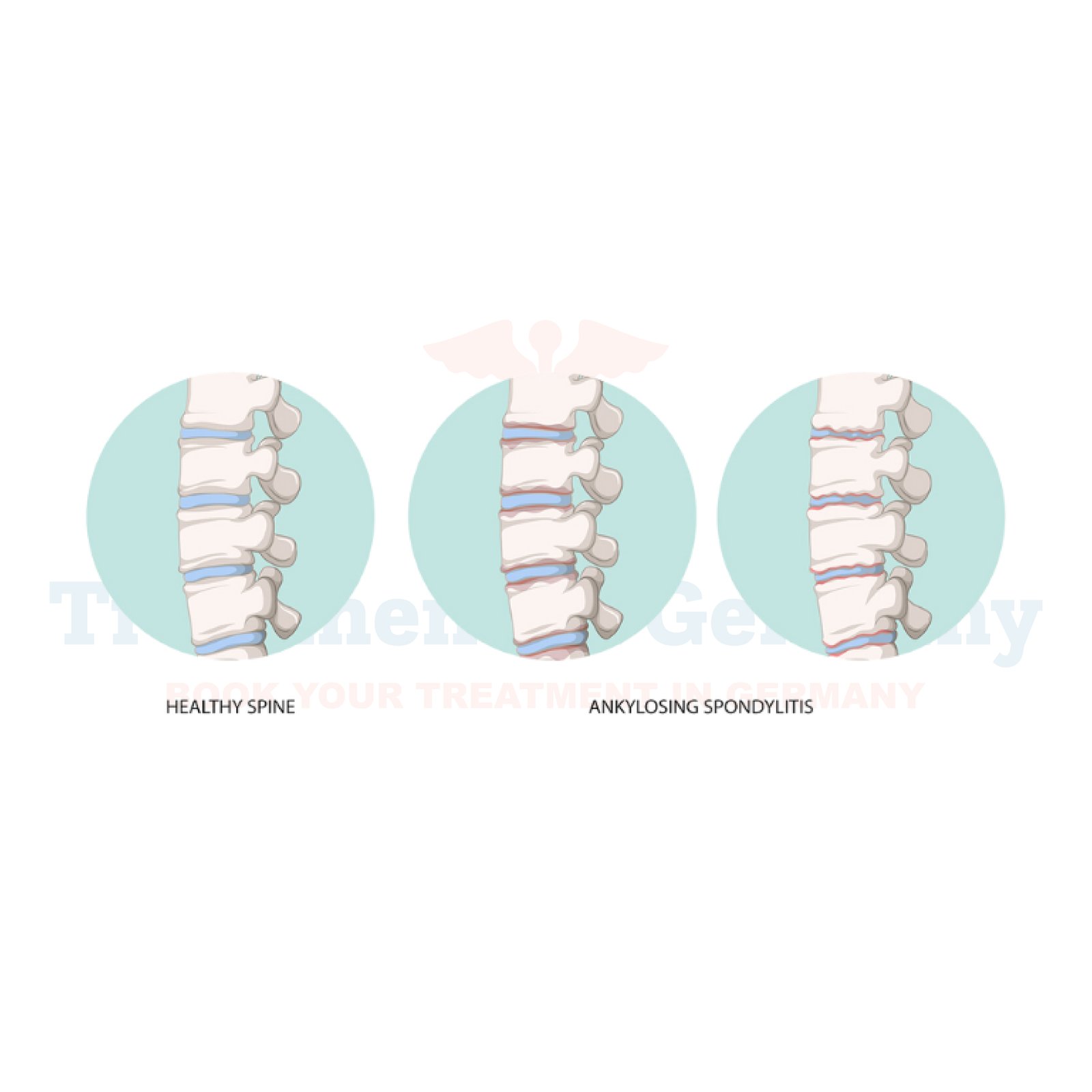Spondylolisthesis is a spinal condition in which one vertebra slips forward over the one beneath it, causing pain, reduced mobility, and, in severe cases, nerve damage. It can occur due to aging, repetitive spinal strain, or congenital abnormalities, impacting a person’s ability to carry out everyday activities. For those seeking effective treatment, Germany has become a premier destination due to its advanced medical facilities, skilled specialists, and innovative approaches to care. With a focus on both surgical and non-surgical methods, hospitals in Germany provide comprehensive treatment plans that are tailored to each patient’s unique needs.
Spondylolisthesis is a spinal misalignment condition that typically affects the lumbar region of the spine. This slippage can lead to spinal instability, causing pain and other neurological symptoms. The severity of the condition varies, with some patients experiencing mild discomfort and others facing debilitating symptoms that hinder their daily activities. Depending on the cause and extent of vertebral slippage, treatment options range from conservative therapies to advanced surgical interventions.
Spondylolisthesis is categorized into six main types, based on its cause and progression:
Risk Factors for Spondylolisthesis
Several factors increase the likelihood of developing Spondylolisthesis:
Symptoms of Spondylolisthesis
Spondylolisthesis symptoms can range from mild to severe, depending on the extent of the vertebral slippage:
Diagnosis and Diagnostic Tools for Spondylolisthesis
Accurate diagnosis is essential for effective treatment, and hospitals in Germany utilize advanced tools and techniques for thorough evaluation:
Treatment in Germany
Germany is a global leader in treating Spondylolisthesis, offering a combination of conservative and surgical approaches. With advanced diagnostic tools, expert specialists, and cutting-edge technology, patients receive tailored treatment plans for optimal recovery.
Conservative Treatments
For mild to moderate cases, non-surgical treatments focus on pain management and spinal stabilization:
Physical Therapy
Strengthens core muscles to support the spine.
Improves posture and flexibility, reducing strain on the back.
Pain Relievers
Non-steroidal anti-inflammatory drugs (NSAIDs) are commonly prescribed.
Cortisone injections help alleviate severe pain and inflammation.
Bracing
Spinal braces limit movement, promoting healing and reducing discomfort.
Lifestyle Modifications
Weight loss reduces stress on the spine for overweight patients.
Avoiding high-impact activities prevents further damage.
Complementary Therapies
Acupuncture and massage therapy offer relief from chronic pain.
Surgical Treatments
For severe cases where conservative methods are ineffective, German specialists recommend surgical solutions:
Spinal Fusion
The most common procedure for Spondylolisthesis.
Fuses two or more vertebrae to stabilize the spine and prevent further slippage.
Laminectomy
Removes part of the vertebra to decompress nerves and relieve pain.
Dynamic Stabilization
Uses flexible implants to support the spine while maintaining mobility.
Disc Replacement
Replaces a damaged disc with an artificial one, restoring spinal function.
Why Choose Treatment in Germany?
Germany has established itself as a preferred destination for spinal treatments, including Spondylolisthesis, for several reasons:
Conclusion
Spondylolisthesis can be a debilitating condition if left untreated, but modern medical advancements have made it manageable. Germany is a global leader in Spondylolisthesis treatment, offering a range of innovative, patient-centered solutions. From state-of-the-art diagnostic tools like MRI and CT scans to minimally invasive surgeries and expert rehabilitation, German hospitals ensure optimal outcomes for patients. With its combination of world-class facilities, experienced specialists, and a holistic approach, Germany remains the top choice for individuals seeking effective and comprehensive spinal care.
Choosing treatment in Germany not only restores mobility but also improves overall quality of life, allowing patients to return to their daily activities with confidence and ease. Whether through conservative therapies or advanced surgical options, Germany’s healthcare system is dedicated to providing the best possible care for those suffering from Spondylolisthesis.

.webp)
.webp)
 (1).webp)
 (1).webp)

.webp)
.webp)
 (1).webp)
 (1).webp)
